Aparajito (1956)
“I want to go to school.”
|
Synopsis: |
|
Genres, Themes, Actors, and Directors:
Response to Peary’s Review: … “she smiling slightly but with infinite happiness when her son returns home for one extra day of vacation time, claiming to have missed the train.” Peary describes Aparajito as a “lovely, perceptive film, with a second unforgettable, understated performance by Banerjee (smiling more and acting nicer than in [the] original) as one of Ray’s many fascinating, untraditional women.” While I’m not nearly as enamored with this second installation in the Apu trilogy as I am with the first (which remains a truly unique gem), I appreciate Ray allowing us to continue Apu’s journey with him, seeing his passion for learning and clear trajectory towards a life of the mind. And while nothing can compare with the beauty of rural Bengal captured in Pather Panchali, Ray makes excellent use of location shooting in the city of Varanasi, showing citizens praying, exercising, gathering, and bathing near or in the Ganges River. This classic Indian film remains well worth a look by film fanatics — and I’ll be back shortly with my assessment of the third entry in the trilogy. Notable Performances, Qualities, and Moments: Must See? Categories
(Listed in 1001 Movies You Must See Before You Die) Links: |
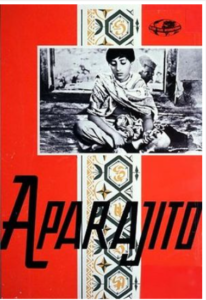
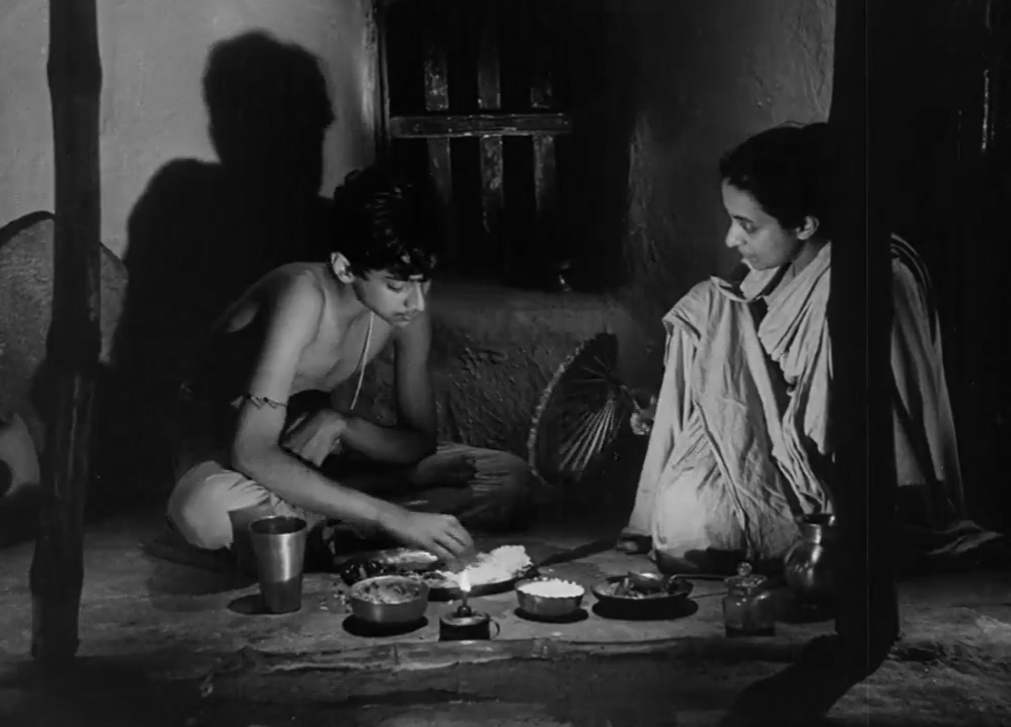
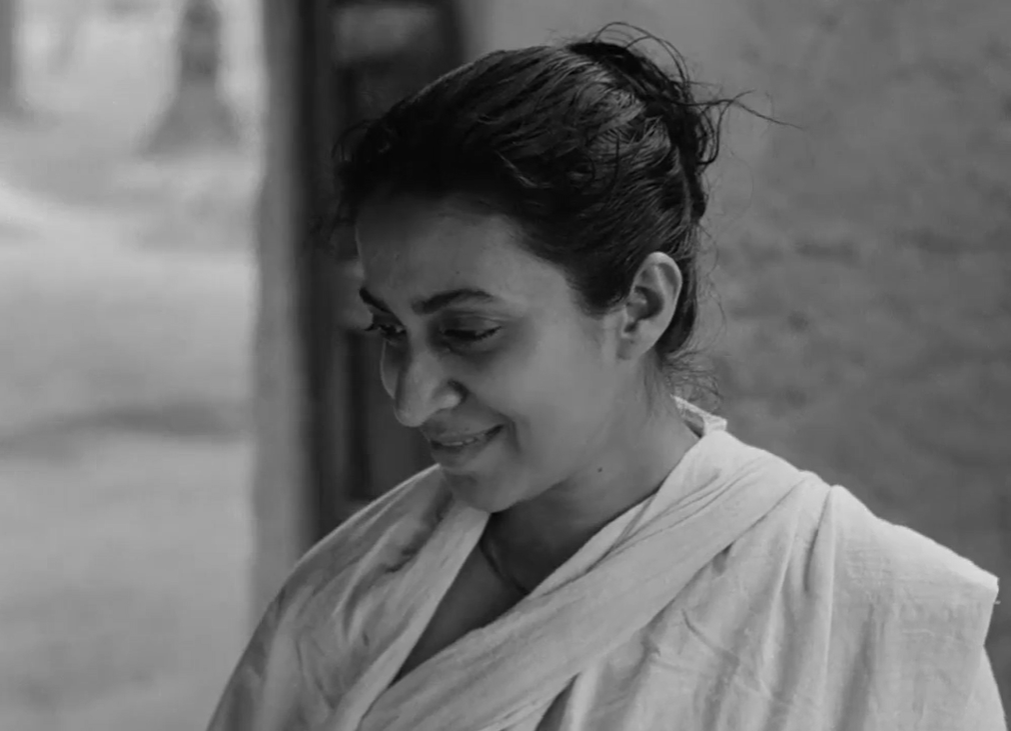
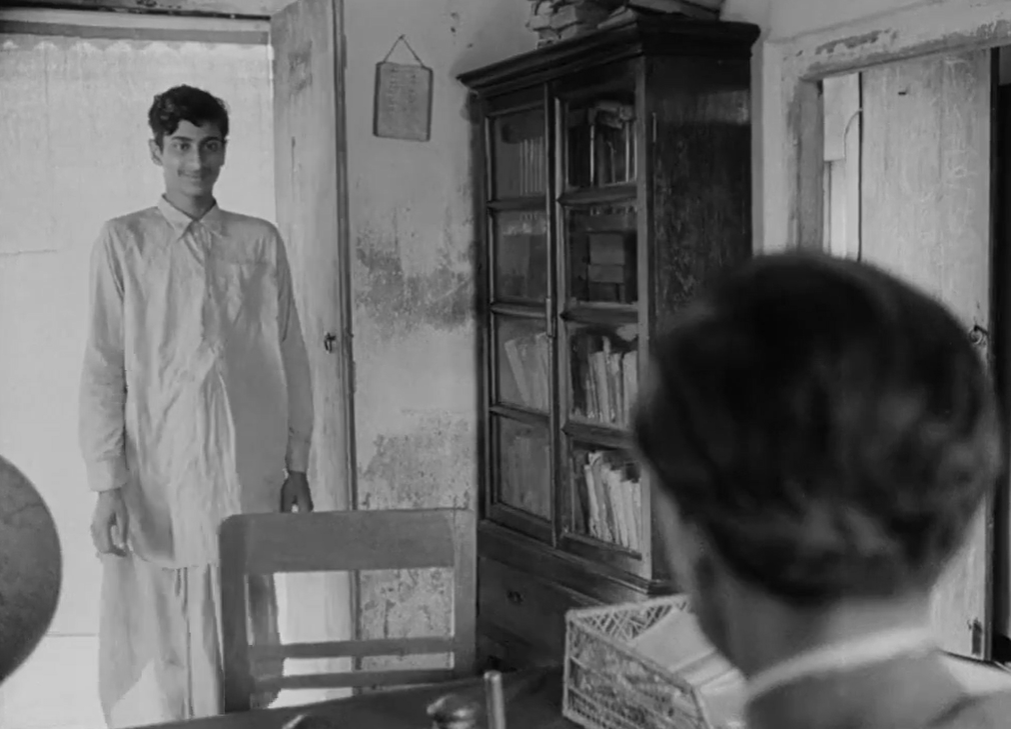
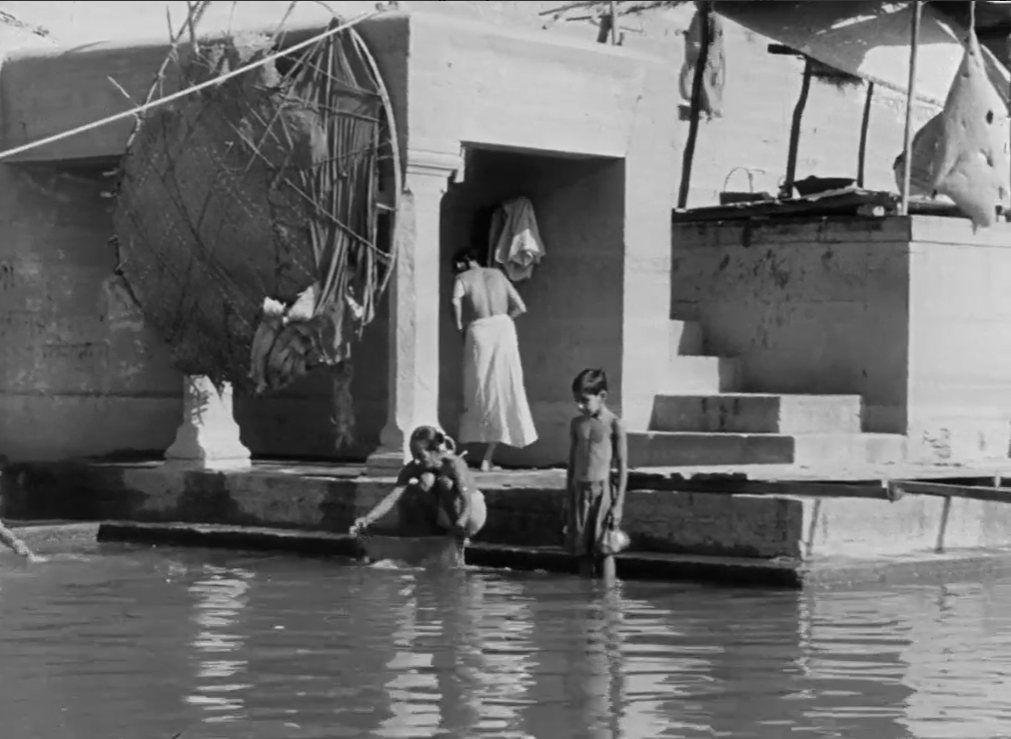
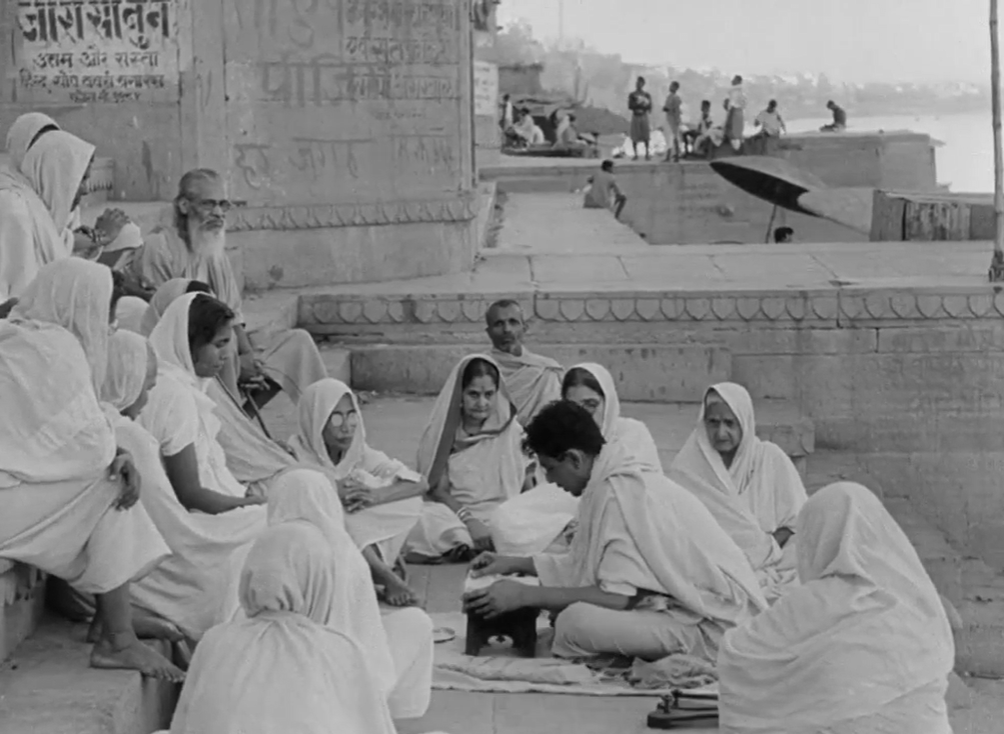
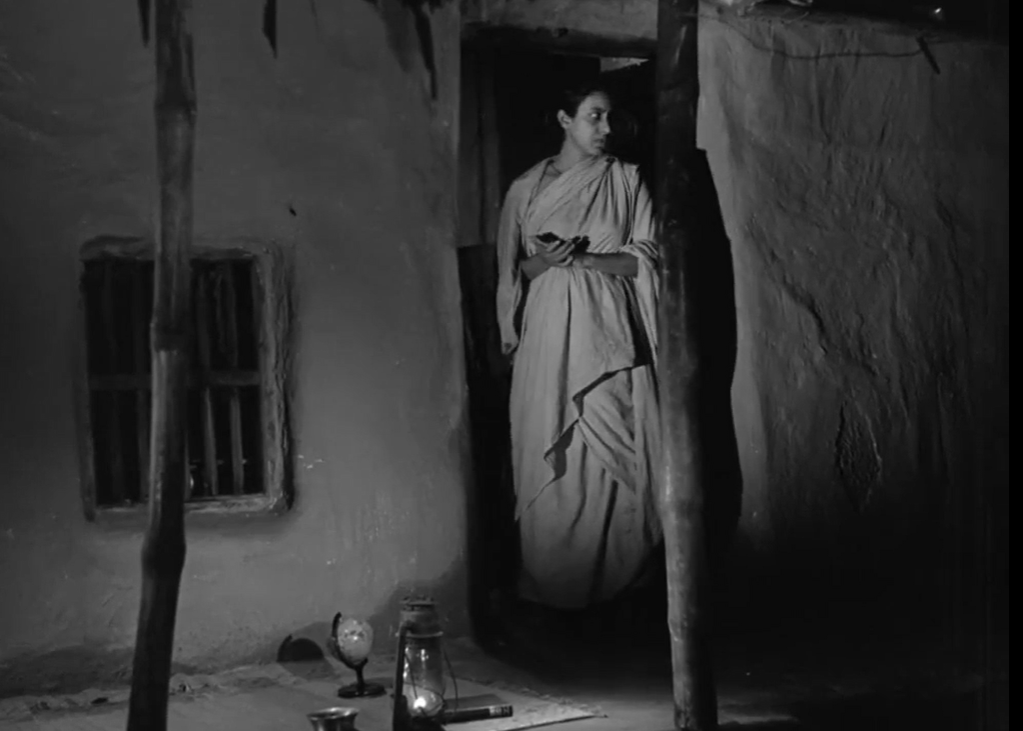
One thought on “Aparajito (1956)”
(Rewatch 1/1/22).
A once-must, at least – as the second part of a trilogy that exceeds the accomplishment of part one.
The impulse to view Ray’s trilogy back-to-back comes, of course, from the fact that it is all one story. (As opposed to, say, Leone’s ‘Man With No Name’ trilogy.)
Part Two has a heightened energy and it seems to move faster than ‘Pather Panchali’, no doubt because Part 2 is not as desolate. (Apu’s yearning for trains results in the mental and physical progress that removes him from a hopeless atmosphere.)
Part 2 largely retains Apu’s position as an innocent and his mother’s position as a deep pool of concern. But their tied dynamic will develop and change. ~ mainly because, as Apu is told when he begins his education, “We may live in a remote corner of Bengal, but that doesn’t mean that our outlook should be narrow.”
With this film, Ray makes a remarkable shift in maturity as a visual artist – and the viewer’s appreciation of his POV deepens.
Shankar again provides a score very much in sync with the film’s moods.